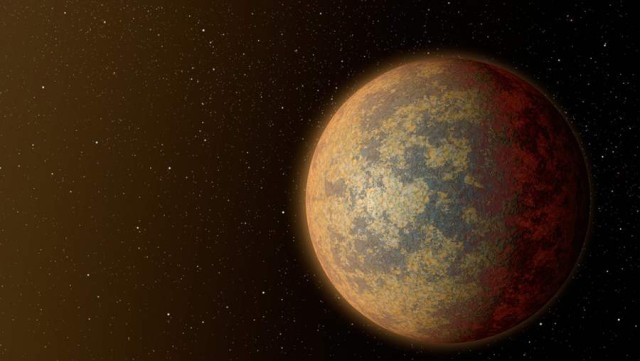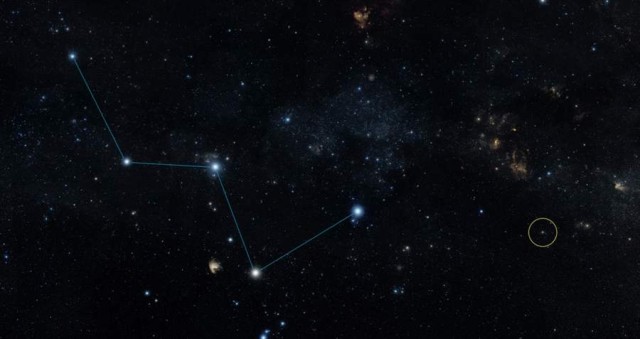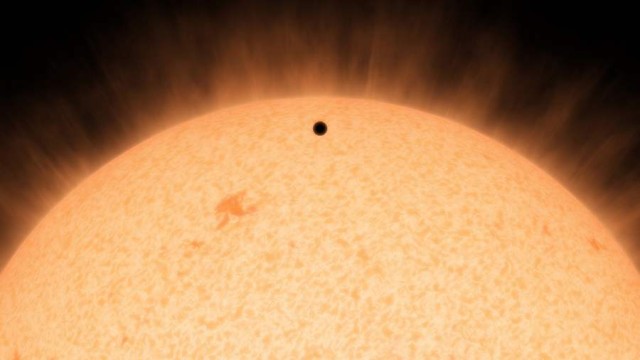The closest rocky exoplanet confirmed outside our solar system, lies 21 light-years away, located just off the “W” pattern of the Cassiopeia constellation.
Images credit NASA/JPL-Caltech
Using NASA’s Spitzer Space Telescope, astronomers have confirmed the discovery of the nearest rocky planet outside our solar system, larger than Earth and a potential gold mine of science data.
Dubbed HD 219134b, this exoplanet, which orbits too close to its star to sustain life, is a mere 21 light-years away. While the planet itself can’t be seen directly, even by telescopes, the star it orbits is visible to the naked eye in dark skies in the Cassiopeia constellation, near Polaris, the North Star.
HD 219134b is also the closest exoplanet to Earth to be detected transiting, or crossing in front of, its star and, therefore, perfect for extensive research.
Michael Werner, the project scientist for the Spitzer mission at NASA’s Jet Propulsion Laboratory in Pasadena, California, said:
“Transiting exoplanets are worth their weight in gold because they can be extensively characterized. This exoplanet will be one of the most studied for decades to come.”
The planet, initially discovered using the HARPS-North instrument on the Italian 3.6-meter Galileo National Telescope in the Canary Islands, is the subject of a study accepted for publication in the journal Astronomy & Astrophysics.
Study lead author Ati Motalebi of the Geneva Observatory in Switzerland said she believes the planet is the ideal target for NASA’s James Webb Space Telescope in 2018.
She said:
“Webb and future large, ground-based observatories are sure to point at it and examine it in detail.”
source nasa.gov








Leave A Comment